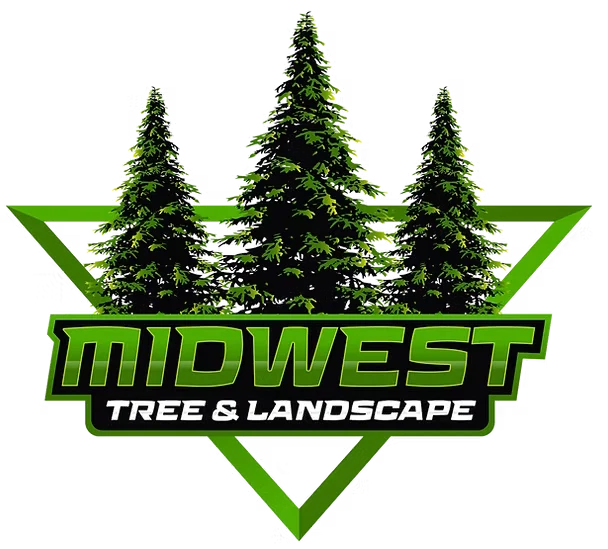Blue Spruce Case Study
Southeastern Wisconsin has a significant “population” of Blue Spruce.
The most common question asked when I am doing a walk through with a client is what is wrong with my Blue Spruce?
I see entire neighborhoods inundated with this disease.
Disease:
Rhizosphaera needle cast, commonly known as needle cast, is one of the most common fungal diseases of the Blue Spruce. It can also affect the White and Black Hills Spruce.
Symptoms:
Needles turning brown and purple, starting with branches nearest the ground, then working its way up the tree leaving dry brittle twigs. The tree will drop the dead needles up to 15 months after infection, giving the tree a hollow look.
Cause:
Unfortunately, because the Blue Spruce is not native to our area, our climate creates perfect conditions for this fungus to overtake this species of Spruce. In addition, overplanting on top of each other, which does not allow good air/wind circulation, will promote this type of fungus.
Infested needles, including those that are still attached to branches, and ones that have fallen to the ground, produce spores that can be blown or splashed to healthy branches.
Control:
Infested branches can not be saved. They should be cut off at main stem. Pruning should never be undertaken while branches are wet, to reduce spreading of spores. You can treat the new needles with a fungicide containing copper or Chlorothalonil. However, it must be treated immediately, with multiple applications and for several years.
But keep in mind if your neighborhood and/or surrounding area has Blue Spruce infected with this fungus, the treatment for your trees must be aggressive and continual year after year.
Solution:
Simply avoid planting Blue Spruce. Plant Norway Spruce instead. And always space trees to allow for good air circulation.




